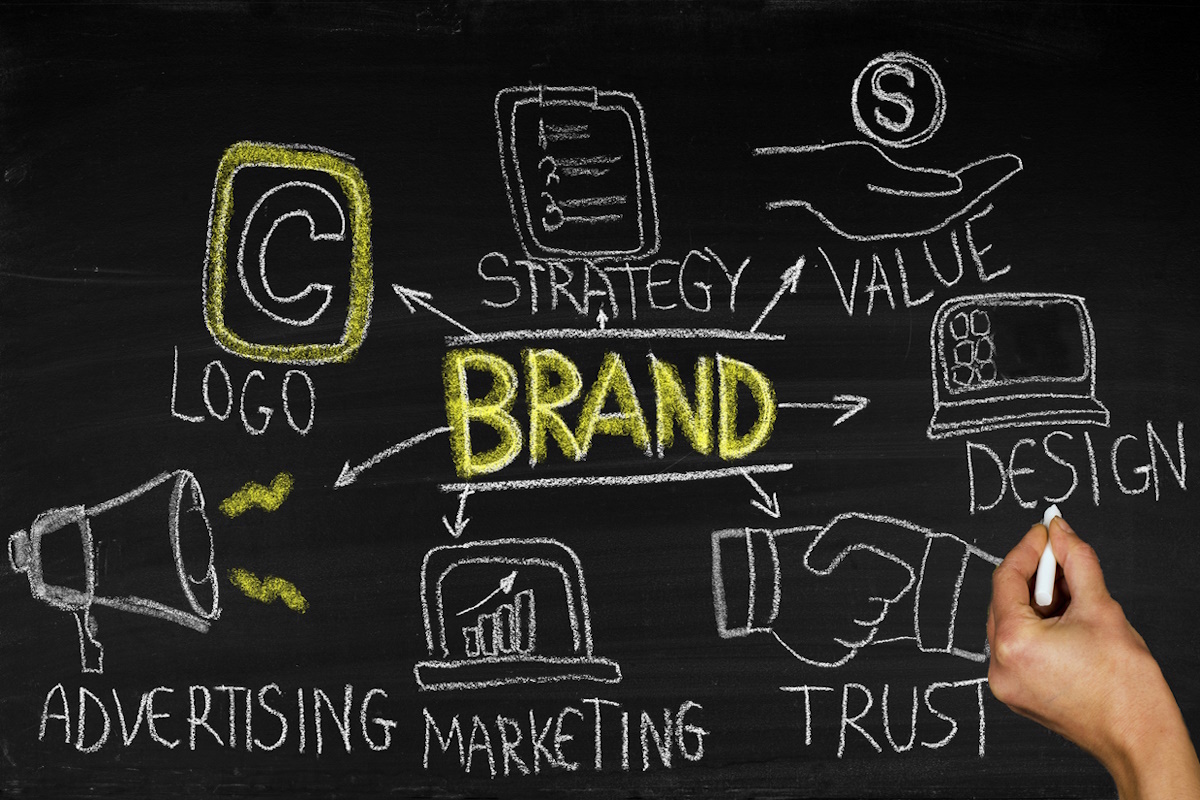Your business is always evolving. Your brand must too

Lauren Hartstone at Sibling Rivalry says that evolving your brand is essential — not only to reflect business change and growth, but to respond to the moment and stay in touch with consumers today
The business world doesn’t stand still, and neither should brands.
Whether a company has added new services or products, moved into new markets, or established new strategic objectives, brand identities must evolve simply to maintain an accurate reflection of ever-changing business models. Additionally, technology changes rapidly. What worked for your branding yesterday (i.e., platform choice, scalability), might not have the same impact today.
And lastly, we can’t ignore the steady ebb and flow of culture, trends, and social movements. The world around us changes constantly and it’s crucial that brands reflect that.
Stay relevant
The biggest risk of keeping a brand static is appearing out of touch with your audience.
It is difficult to maintain trust and confidence in a product if the brand does not appear responsive to the cultural and social context of today in terms of its language, tone, and motion. Particularly if there is a desire to grow your audience to a younger demographic.
Research repeatedly shows that millennials and Gen Z actively choose brands who reflect their values. What people think and feel about your company is increasingly the deciding factor between them choosing your business, product or service or those of a competitor.
The question is then, how do you evolve an established brand?
The renaissance of Barbie is the epitome of a successful transformative brand shift. The world has changed radically during the brand’s 64-year trajectory and if Mattel didn’t change the narrative, Barbie was at risk of dying. To combat this, Mattel stopped thinking about Barbie as a product and started thinking about it as IP. Not only did Mattel flip the story to reflect how society has changed, it recognised the power of creating that story at every single brand touchpoint.
That said, it is absolutely important to evolve strategically and authentically. Businesses with a clearly defined purpose and a set of clearly defined brand guidelines will find it much easier to stay true to their brand essence and resonate with consumers. As a New Englander who was raised on Dunkin Donuts, I admired how its evolution by creative agency JKR to Dunkin’ tapped into its core audience, modernizing the brand while staying true to its heritage.
Create clarity and cohesion
As consumer behaviour changes and the number of engagement platforms increases, make sure your brand is up to date with new platforms and technology. When customer experience feels disconnected and confusing, people are more likely to drop off — a clear, consistent brand prevents this.
As your business moves across more channels, you’ll need to ensure your logo scales and is legible at every touchpoint. If your brand exists in new places, ask whether the attribution is clear. If flexing for new sub-brands or product lines, do they fall in line with the umbrella brand? These are straightforward but important outputs that bring essential clarity to your consumers.
One great recent example is how Pepsi combined their wordmark and icon together to scale and adapt seamlessly across every touchpoint earlier this year.
Make it memorable through emotion
Make sure you are resonating with your audience and matching the climate of today. Brands are so much more than products or services, they need to stand for something in order to generate brand loyalty and trust.
If you aren’t breaking through on an emotional, personal level, your messaging will not have the impact you want. Consider ways to connect through tools that bring humanity and your unique offering or POV forward, using emotive storytelling, personal interviews, or even through technology. Telecom company Orange did this well in their recent ad released ahead of the 2023 FIFA Women’s World Cup, using visual effects to demonstrate gender equality in football.
Consider placement
Where is your audience? Are they on TikTok, Facebook, Instagram, Snap — all the above? Social executions are less expensive and might be more fitting for the consumer you are trying to reach.
You could be missing your consumer if your brand is not funneling into new territories and adapting to those platforms.
Expand core brand elements with more personality
Evolving a brand means being able to update all its core elements, like color, typography, texture, photography, and illustration. But changing everything at once is neither advisable nor sustainable. A successful brand evolution depends on finding and executing the right balance of change.
Take your existing brand and inject new life by opening up your existing elements. To keep your brand active, consider updating a color palette or expanding your library of photography to be more inclusive or emotive.
One interesting way for established brands to evolve is through motion; injecting life through animation and film. Pinterest worked with branding and graphic design studio DIA to update its brand identity with a signature motion behavior. The result feels close to the brand, but possesses new energy and a range of expressions that flex across all its brand assets.
Other system expansions rely less on the core elements, but more heavily on memorable campaign offshoots. For example, in 2021 Hinge launched a very successful campaign with the tagline "the dating app that’s designed to be deleted." Such a sticky idea that not only got a tonne of attention, but proved its loyalty to its audience and led to a string of hilarious ads with tons of personality.
In a world that moves faster than ever, simply maintaining a brand is not enough. For the past few years, startups, tech, and direct-to-consumer (DTC) businesses have received a lot of credit for being active and experimental – but every brand needs a toolkit for flexibility.
Legacy companies should leverage long-established loyalty as a foundation from which to expand, experiment, and grow with the times.
Lauren Hartstone is Partner, Executive Creative Director at brand studio and production company, Sibling Rivalry.
Main image courtesy of iStockPhoto.com

Business Reporter Team
Most Viewed
Winston House, 3rd Floor, Units 306-309, 2-4 Dollis Park, London, N3 1HF
23-29 Hendon Lane, London, N3 1RT
020 8349 4363
© 2025, Lyonsdown Limited. Business Reporter® is a registered trademark of Lyonsdown Ltd. VAT registration number: 830519543





